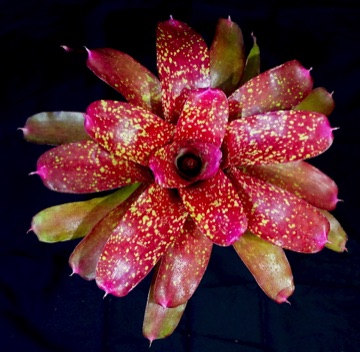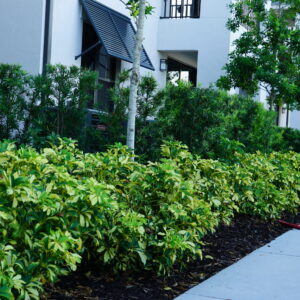Jenga Bromeliad
The Jenga bromeliad is a compact plant with green, variegated leaves and small, colorful flowers. Thriving in warm, humid climates (USDA Zones 10-11), it grows 10-14 inches tall and wide. It prefers bright, indirect light, well-draining soil, and regular watering in its central cup. Ideal for small spaces, tropical gardens, or indoor displays, it propagates easily through pups after flowering.
$50.71
Availability: In stock
Related products
-
All Products
Carissa Emerald Blanket
$22.63 – $108.65 This product has multiple variants. The options may be chosen on the product page -
All Products
Arboricola Trinette
$22.64 – $52.50 This product has multiple variants. The options may be chosen on the product page
The Jenga bromeliad is a distinctive and attractive variety, often appreciated for its unique foliage and compact size. Here’s a detailed overview:
Color
Foliage: The leaves of the Jenga bromeliad are typically green with interesting patterns or variegation. The exact colors and patterns can vary, but they often feature stripes or mottled designs that add visual interest.
Flowers: Like many bromeliads, Jenga produces small flowers that emerge from the center of the rosette. These flowers are often less showy than the foliage, but they add a pop of color, usually in shades of pink, red, or yellow.
Climate
Temperature: Jenga bromeliads thrive in warm climates, with ideal temperatures ranging from 60°F to 80°F (15°C to 27°C). They should be protected from frost and cold temperatures, as they are not tolerant of freezing conditions.
Humidity: Prefers moderate to high humidity, making it well-suited for tropical and subtropical environments.
Size
Mature Size: The Jenga bromeliad is compact, usually growing to about 10 to 14 inches (25-35 cm) in height and spread. Its size makes it suitable for small spaces or as part of a larger collection.
Care
Light: Prefers bright, indirect light. It can tolerate some direct sunlight, especially in the morning, but too much sun can cause the leaves to burn or lose their vibrant colors.
Watering: Water should be added to the central cup formed by the rosette of leaves. The soil should be kept moist but well-drained. It’s important to avoid letting the plant sit in standing water.
Soil: A well-draining potting mix, such as one designed for bromeliads or orchids, is ideal. This type of soil ensures good aeration around the roots.
Fertilization: A diluted liquid fertilizer can be applied during the growing season. Fertilize sparingly to avoid overfeeding, which can lead to leaf burn or other issues.
Hardiness Zone
USDA Zones: The Jenga bromeliad is hardy in USDA Zones 10-11. In cooler climates, it should be grown indoors or in containers that can be moved inside during the winter months.
Landscaping
Use: The Jenga bromeliad is versatile and can be used in various landscaping designs, including tropical gardens, container arrangements, or as a houseplant. Its compact size and striking foliage make it a great choice for adding texture and color to small spaces.
Companion Plants: Pairs well with other bromeliads, ferns, and tropical plants that enjoy similar growing conditions.
Additional Information
Propagation: Jenga bromeliads produce pups after flowering, which can be separated and replanted to grow new plants.
Flowering: The plant will produce a central flower spike, and after flowering, the main plant will eventually die, but not before producing several pups.
The Jenga bromeliad is admired for its compact size, unique foliage patterns, and ease of care, making it a popular choice for both indoor and outdoor tropical-themed gardens.
| Size | 8"inch |
|---|



